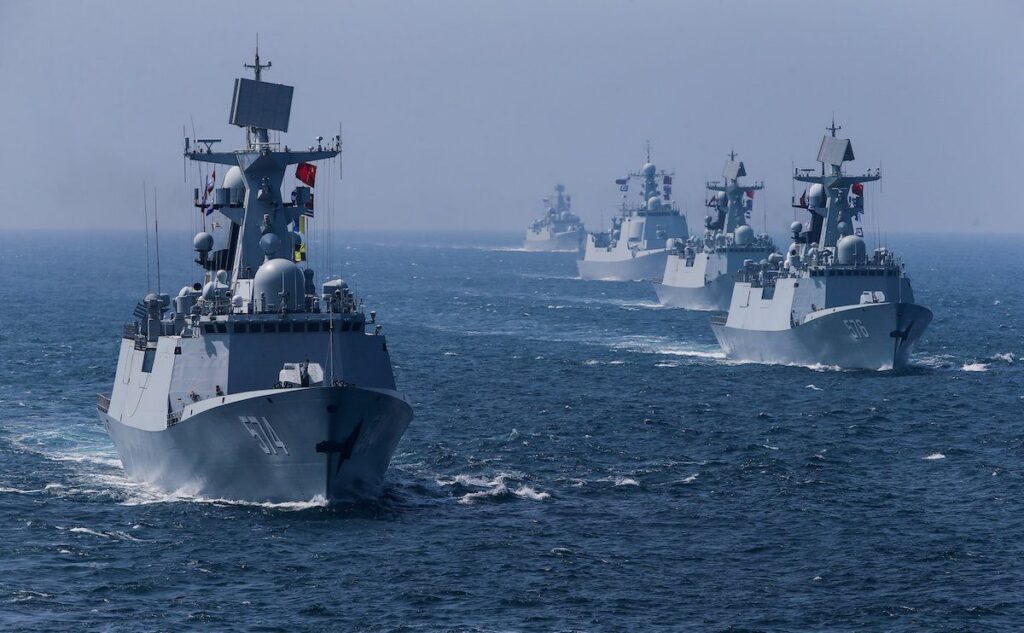The U.S. Navy is losing its dominance in the Pacific Ocean as allies like South Korea, Japan, and Australia build more warships and submarines. Australia plans to build seven nuclear-powered submarines with the U.S. and Britain. Meanwhile, China’s navy is expanding rapidly, aiming to have twice as many warships as the U.S. by 2030, though effectiveness is questionable due to corruption and population decline.
China’s shipbuilding capacity, once dominated by the U.S. post-World War II, now leads globally. Despite this, the U.S. Department of Defense has urged the Navy to focus on current missions rather than maintaining large fleets reminiscent of World War II or the Cold War.
Dry Bulk Market: Evolving Market Conditions Impact the Capesize Segment
Historically, the U.S. Navy has faced challenges in managing costs and quality in shipbuilding. Problems persist, with projects often going over budget, exemplified by the Littoral Combat Ship program. Political and industrial factors have contributed to inefficiencies in naval shipyards.
The U.S. Navy must now adapt to budget constraints, reducing reliance on large, expensive ships like aircraft carriers and amphibious support ships. Instead, there is a push to invest in more affordable and effective robotic ships, submarines, and aircraft.
Cybersecurity issues have also plagued the Navy, particularly in the Pacific Fleet, where a lack of qualified specialists led to inadequate inspections and vulnerabilities. The Navy’s shift to Linux for security has not eliminated risks, highlighting the need for rigorous cybersecurity measures.
Overall, the Navy is being urged to modernize and prioritize new technologies while addressing longstanding issues in shipbuilding and cybersecurity.

